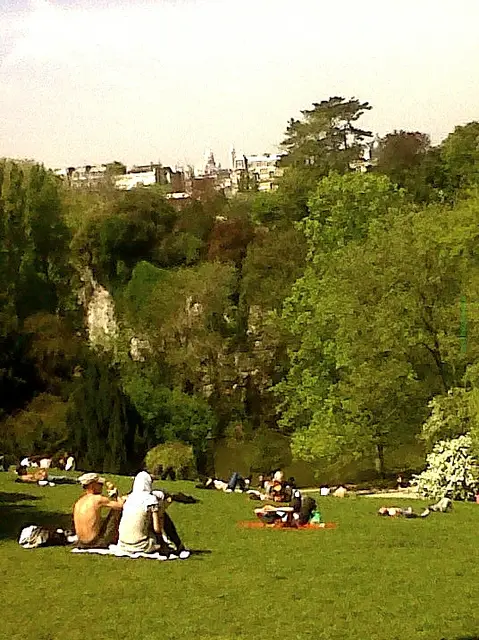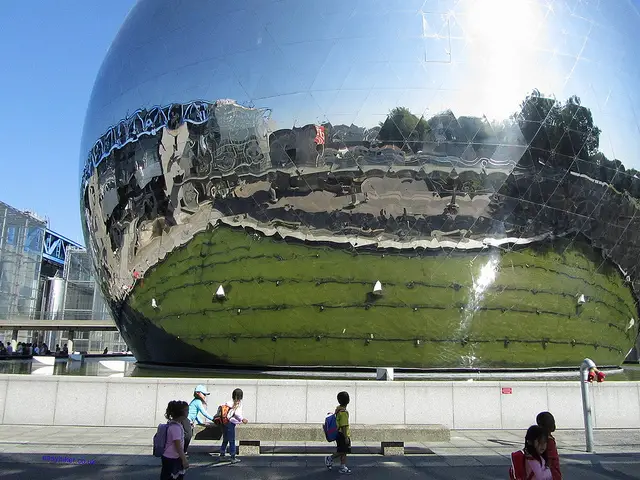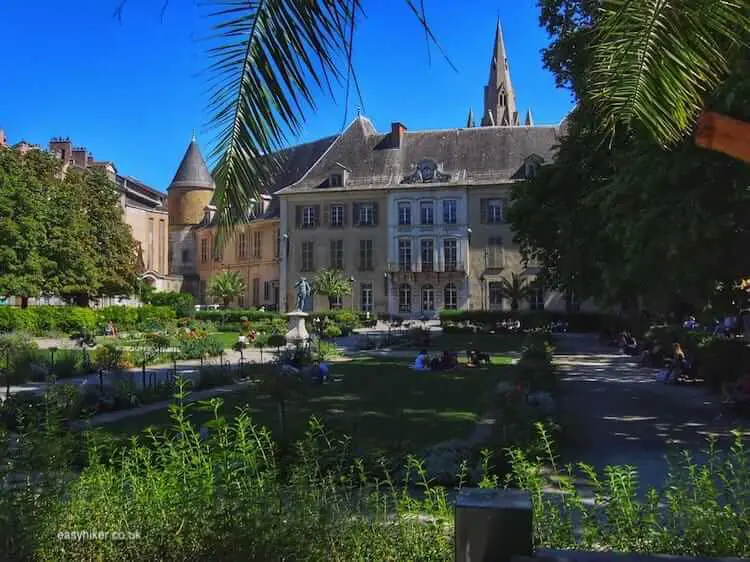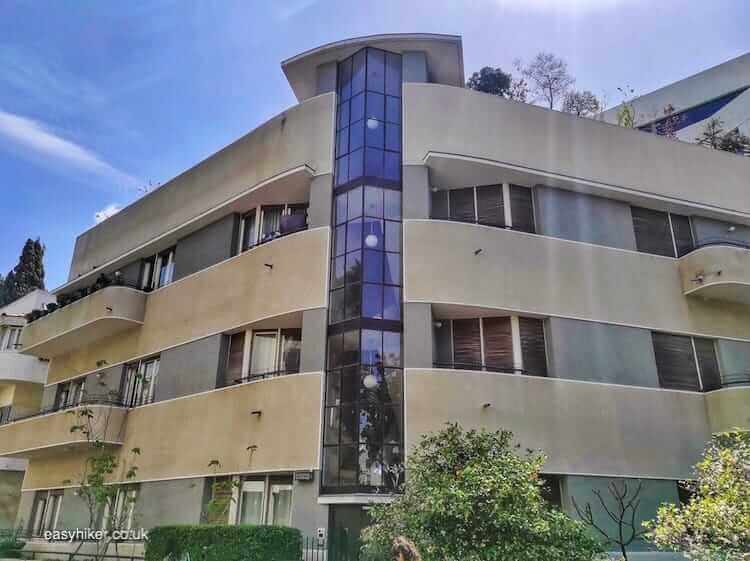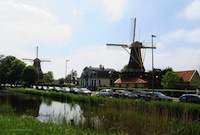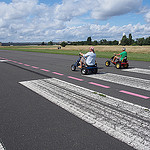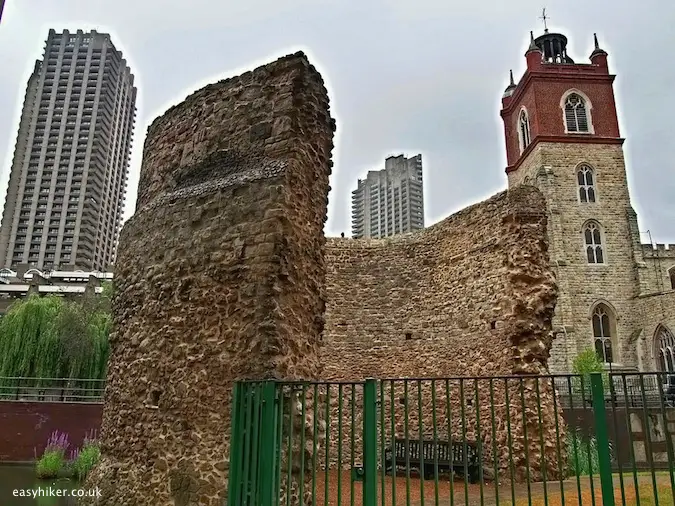Walking in Paris – Part 2
For part two of our post on about walking in Paris in its parks, we take you a little further out of the city centre.
Parc des Buttes Chaumont
Where?
In the northeast of the city, a couple of blocks away from the Canal de la Villette.
How to get there?
Metro Botzaris or Buttes Chaumont.
What can I expect to see?
With its chalky cliff that is topped by a classical belvedere, a moat crossed by a suspension bridge, a grotto, an artificial 20-metre high waterfall and 5 km of walkways to connect these and many other attractions, the Buttes Chaumont is the largest and most interesting of the city’s parks.
It was developed by Baron Haussmann, the father of modern Paris, in the 19th century to provide “moral uplift” to – what was then and still, in many ways, is – a fairly insalubrious part of town, the “poor but sexy” multicultural 19th arrondissement. The park is lively at all times, but large enough so you can always find a quiet corner if you are looking for one.
Who am I most likely to meet?
Muslim girls in their hijabs playing Badminton, families gathering for large open-air reunions, workers from near-by offices enjoying their all-too-short lunch breaks in the sun. And people with dogs (the Buttes Chaumont is the only park in Paris to allow them in).
Parc Montsouris
Where?
Montparnasse in the south of the city.
How to get there?
Take RER line B from Chatelet or Saint Michel to the station Cite Universitaire. Nearest metro station is Alesia, but it’s a good 15 minute walk from there.
What can I expect to see?
The Butte Chaumont’s frumpier sister, developed at the same time (following a similar landscaping philosophy), but with far less brio and, one suspects, partly as an exercise in municipal pork barrel politics (“The North got an expensive new public park, so we must build something for the South, too”).
On the other hand, the Montsouris does have a small vineyard, one of only two that are left in Paris (the other one is in Montmartre) and the Cite Universitaire across the road, a utopian architecture project from the 1920s that features many interesting buildings including two by Le Corbusier.
Who am I most likely to meet?
This is a local park for local people.
Parc de Belleville
Where?
In the east of the city, in the middle of today’s “Chinatown”.
How to get there?
Metro Belleville.
What can I expect to see?
This is the city’s newest park, built right in the heart of what was once the most densely populated urban area in Europe, Edith Piaf’s Paris of overcrowded tenement halls, before the bulldozers moved in and destroyed most of it.
Only the central stairway of Rue Vilin still stands, providing an eerie historical backbone to the modern park. When you climb all the way up, you get a great view of the Parisian skyline – but frankly, the park is more interesting for what it was once was than for what it is now.
Who am I most likely to meet?
Pensioners reading foreign-language newspapers and young men from Algeria with no obvious means of support.
Parc de la Villette
Where?
Next to the Museum for Science and Technology on the Canal de l’Ourcq.
How to get there?
Metro Porte de la Villette or after a pleasant walk by the Canal (Metro Stalingrad or Republique, depending on how long you want to walk).
What can I expect to see?
Until the 1970s, this was where the municipal slaughterhouses stood, but then the whole area was converted into a complex to house the Cite des Sciences et de l’Industrie, France’s largest (and most “hands-on”) museum for science and technology. Just walking through the green spaces that surround the buildings gives you a flavour of the project, and on the eastern side of the Canal, there is a large wooded area that is a very popular place for family outings on summer weekends.
Who am I most likely to meet?
Groups of excited schoolchildren.
Cimetiere du Pere Lachaise
Where?
In the east of the city.
How to get there?
Metro Gambetta or Pere Lachaise.
What can I expect to see?
Graves, obviously – after all, this is a “cimetière”, a veritable “city of the dead” even, featuring real streets, areas that are manifestly posher than others and quite a few monuments, too (famous residents include Oscar Wilde, Edith Piaf, Jim Morrison and all the past Chairmen of France’s Communist Party).
But the Pere Lachaise also provides some interest as a green space alone – with its surprisingly lush vegetation and some densely wooded areas, it offers some of the capital’s most attractive walking paths. Not for everyone, perhaps, but if you are melancholically inclined, you are guaranteed to have a great time (to the extent that is possible for people who are melancholically inclined, of course).
Who am I most likely to meet?
Famous dead people.

